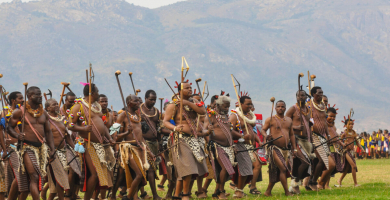Top 7 Moldovan Culture, Customs and Etiquette
Should you remove your shoes when visiting friends? Should you greet those on elevators with a smile? When thinking about the dos and don'ts in your own ... read more...nation, these questions might not seem like the most obvious ones, but things that you might not even consider at home can have a major impact abroad. Here is a list of Moldovan Culture, Customs and Etiquette.
-
The Republic of Moldova's culture encompasses a wide range of artistic endeavors, including literature, theater, music, fine arts, architecture, film and television production, radio and television broadcasting, photography, design, circus, folk art, libraries and archives, book editing, scientific research, and more.
The academic concert activity is carried out by three concert performing organizations: the "Serghei Lunchevici" National Philharmonic Society (which has two concert halls, a symphony orchestra, a choral chapel, and a folk songs group); Organ Hall (which has a chamber orchestra and a chamber choir); and the National Palace ("Moldova-concert" Concert and Impresario Organization: artistic formations of music and folk dance, light music).
There are 22 theaters in the Republic of Moldova, including 18 drama theaters, an opera and ballet theater, an ethno-folkloric theater, and two puppet shows. 5 are in other places, while 17 are in the nation's capital. The most significant theaters engage successfully in festivals overseas, host international festivals here, and go on tours to France, Italy, the United States, Russia, Japan, China, Romania, and other nations.
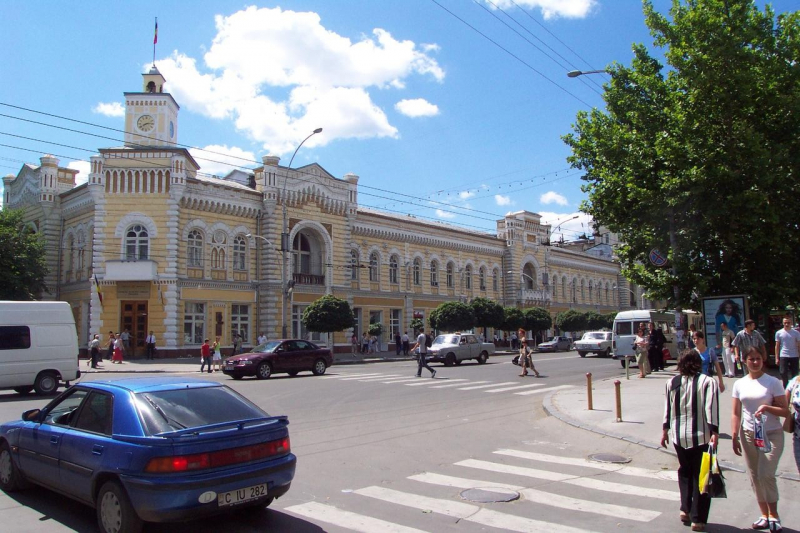
https://www.pinterest.com/ 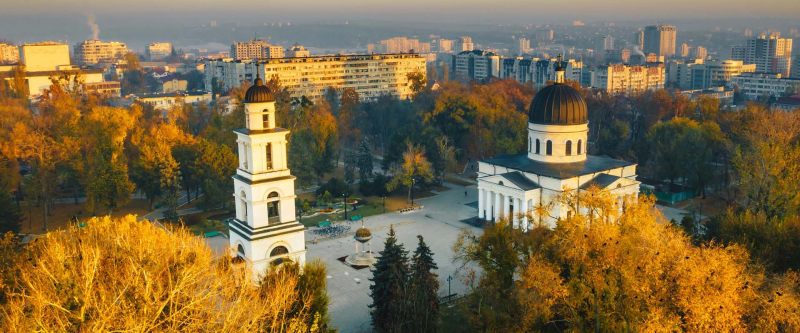
https://publicholidays.eu/moldova/2024-dates/ -
Painting (monumental and easel painting), graphics (easel, books, posters, and other advertising), and sculpture (en ronde-bosse plastic, bas-relief, high relief, perspective relief, etc.) are the three categories included in the Republic of Moldova's definition of "fine arts." Moldova has seen the emergence of "video-art," "kinetic sculpture," "computer graphics," "body-art," "performance," and other forms of art in recent years.
A wide range of genres, forms, and species are used to depict folk art. The majority of them fall under the category of "decorative arts": popular toys, popular carpets, traditional clothing, stone and timber, leather, rod, and metalwork. Exhibition spaces include the "Constantin Brancusi" Exhibition Center, the National Museum of Arts of Moldova, and individual exhibition spaces.
The Moldovan folklore is heavily influenced by its Dacian-Latin roots and includes a system of popular confessions and practices that are distinctively defined through music and dance, oral poetry and prose, mythology, rites, popular theater, etc. This cultural heritage, in all of its forms, encompasses a significant body of national art of exceptional worth that not only predated its cultural forms but also continued to flourish in the modern era, giving the professional culture its ethnic character.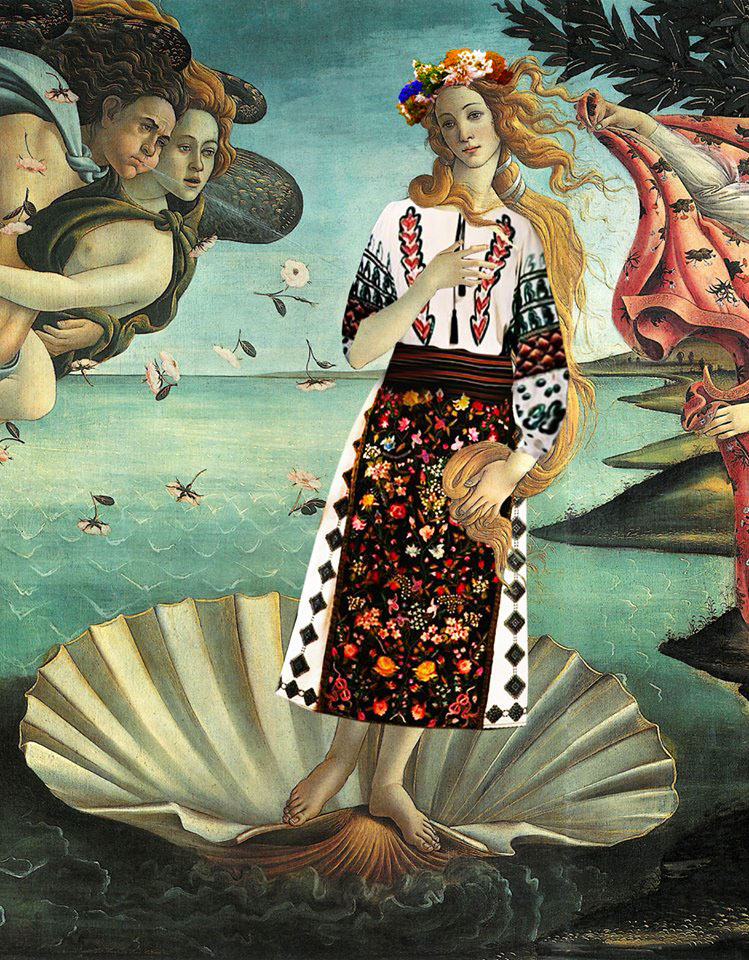
https://www.behance.net/ 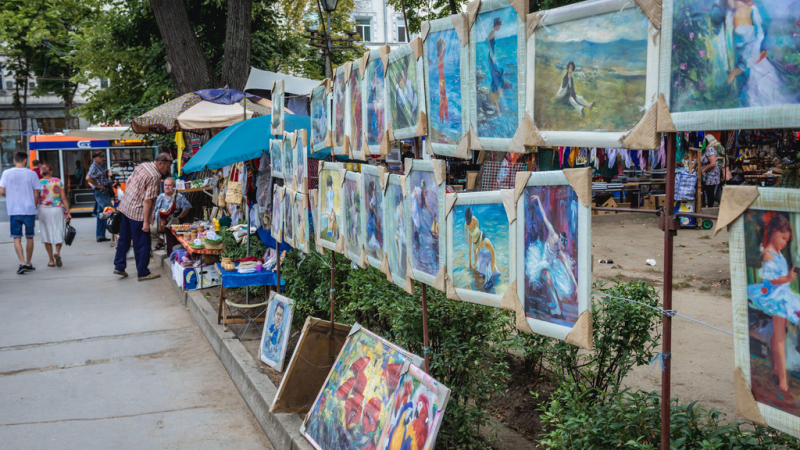
https://theculturetrip.com -
The Republic of Moldova has a significant cultural heritage with indisputable value, including archeological sites, dwellings, country estates, fortresses, cloisters/monasteries, and churches, as well as monumental art pieces, technical equipment, and building ensembles like squares, streets, quarters, villages, and urban centers with traditional architecture.
The 87 country museums, of which 5 museums and 7 branches directly report to the Ministry of Culture and Tourism and 66 to local public bodies, are the owners of the mobile cultural heritage. They have over 700.000 items in their funds that are representative of both local and global history and culture.
Ancient works of art reflect the Republic of Moldova's archeological heritage. Models of sculpture dating back to the late Paleolithic period have been found. There are numerous sites in the Republic of Moldova where the "Cucuteni-Tripolie" culture's pottery from the Eneolithic Age have been discovered. These ceramics have indisputable artistic qualities and depict a whole mythology.
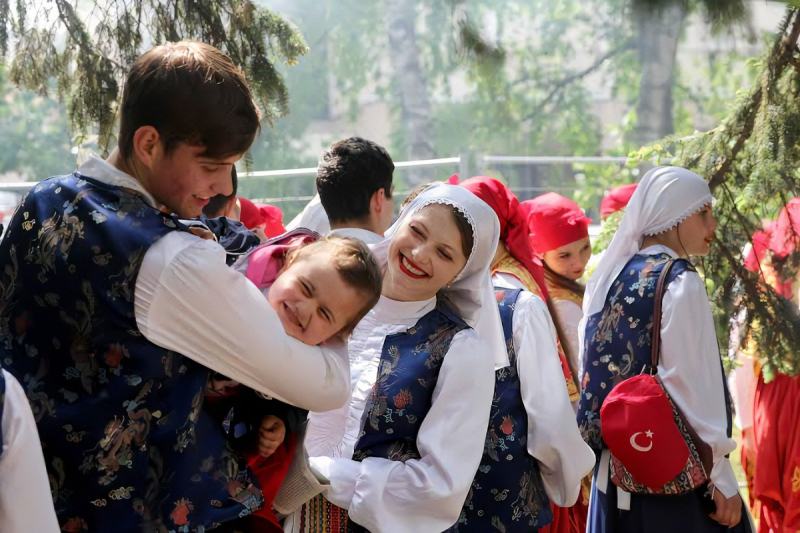
https://ibiene.com 
http://moldovatovisit.eu/ -
In the Republic of Moldova there are various ethno-cultural associations. The following 18 minorities have associations that operate in the form of communities, societies, unions, centers, cultural foundations, etc.: the Ukrainians, Russians, Bulgarians, Gagauz, Jews, Byelorussians, Poles, Germans, Gypsies, Greeks, Lithuanians, Armenians, Azerbaijanians, Tatars, Chuvashs, Italians, Koreans, and Uzbeks.
Ethnic minorities have the opportunity to develop their traditional culture and national art thanks to the equality principle and the universality of cultural policy. The Russian Dramatic Theatre "A.P. Cehov" is located in Chisinau; the Gagauzian Dramatic Theatre "Mihail Cekir" is located in Ceadir-Lunga (ATU Gagauzia); and the Theater of the Bulgarians from Bessarabia "Olimpii Panov" is located in Taraclia.
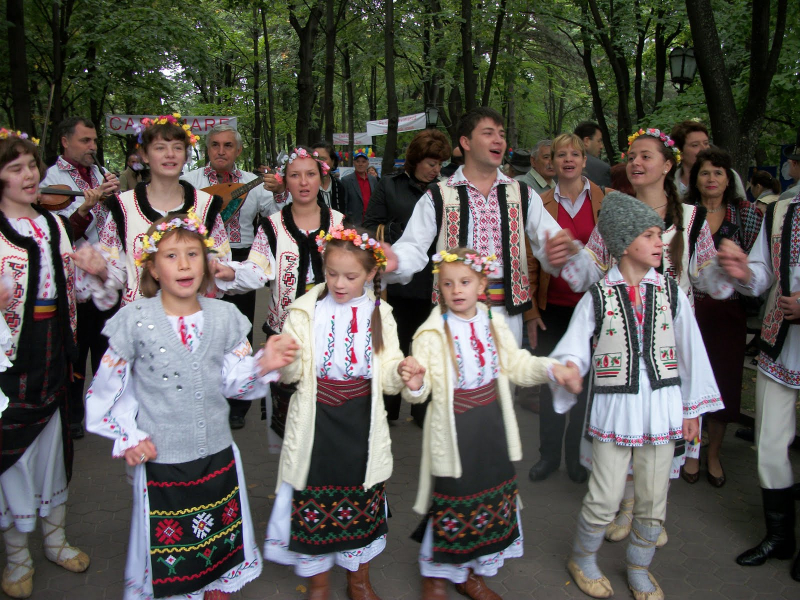
https://jainmoldova.blogspot.com/ 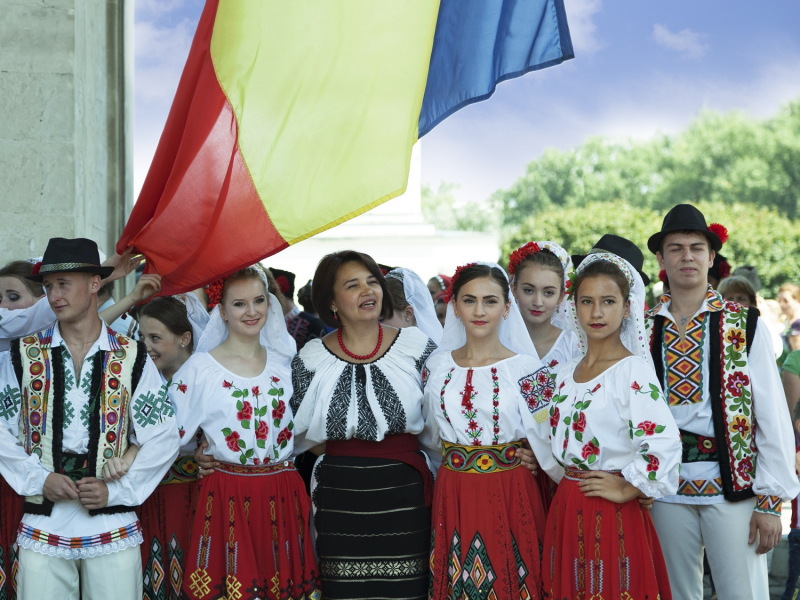
https://bedroomania.blogspot.com/ -
Folklore, fairy stories, historical songs, heroic epics, ballads, lyrical songs, and other forms of oral literature predominated in the nation before written literature emerged. Old Church Slavonic was the earliest written language to be used in the nation, and it was used for historical and sacred literature. In Moldova, secular writing began to emerge before the end of the 17th century. There is a lot of crossover in this period's literature between Romania and Moldova.
The first works of Moldovan art include icons from the sixteenth century and paintings found in monasteries. The 19th and 20th centuries saw a flourishing of Bessarabian arts. Such artwork emphasized rural scenery and ideas. Today, Moldovan artists pursue numerous types of art. Moldova has many art schools and galleries, which encourages aspiring artists to pursue a career in the visual arts.
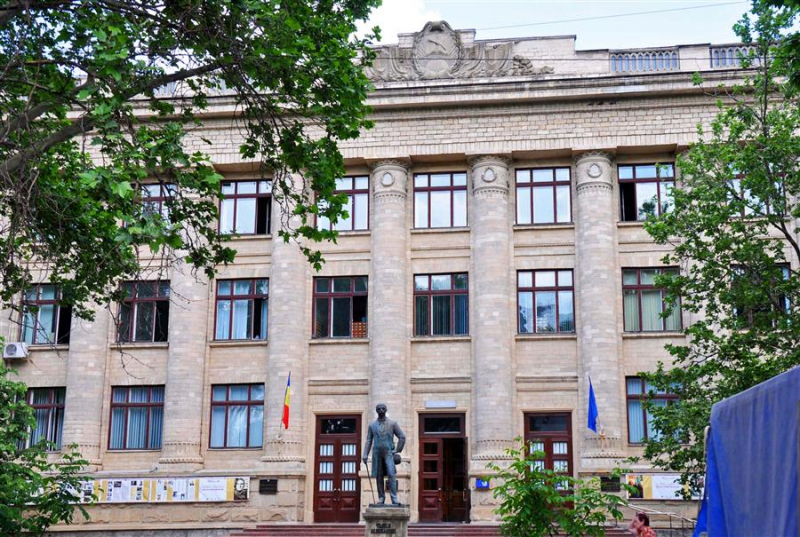
http://francona.com 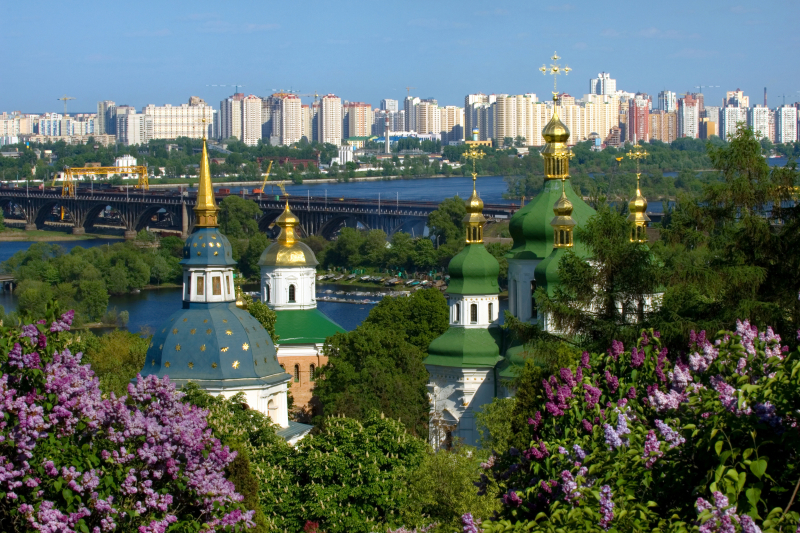
https://www.thecrazytourist.com -
Men and women have equal rights and freedoms under Moldovan law. Both male and female family members hold outside jobs. But in addition to their careers, women are frequently expected to do household duties and childcare. Women organize daily life even if men have greater decision-making authority.
Most marriages are founded on romantic connections. Families are typically consulted once a couple decides to get married in order to approve the union. Marriage and divorce are common in Moldovan culture.
The majority of residences are patrilocal in nature. The newlyweds reside with the groom's family. If they construct a home elsewhere, they might later leave. In rural places, traditional society still upholds the custom that the youngest son must care for his aging parents in order to inherit the father's home.Children are cared for by mothers and other female family members. In Moldovan society, interactions between grandparents and grandchildren are highly cherished. While the urban society of Moldova closely resembles that of many Western countries, the rural sections of the nation nevertheless exhibit more traditional ways of living. Women smoking in public is frowned upon in rural areas. Men don't smoke inside the house and think it's nice to smoke outside. In villages, people are courteous and respectful when greeting one another.
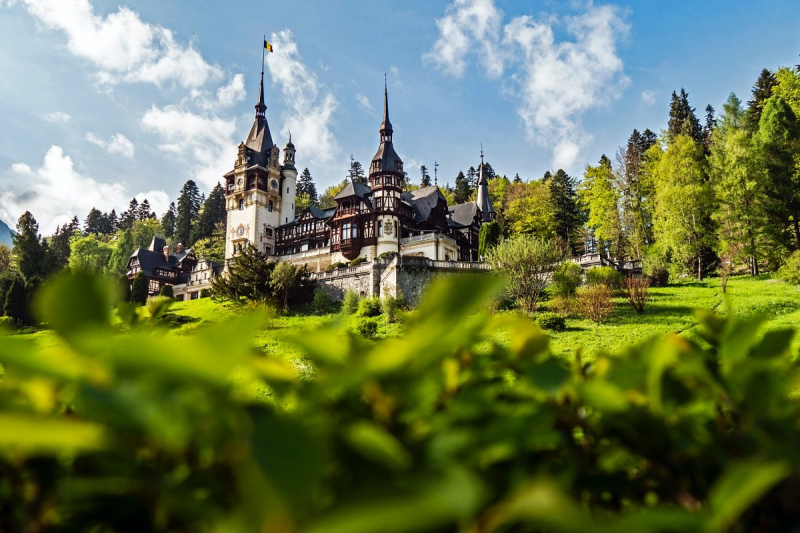
https://unbate.com 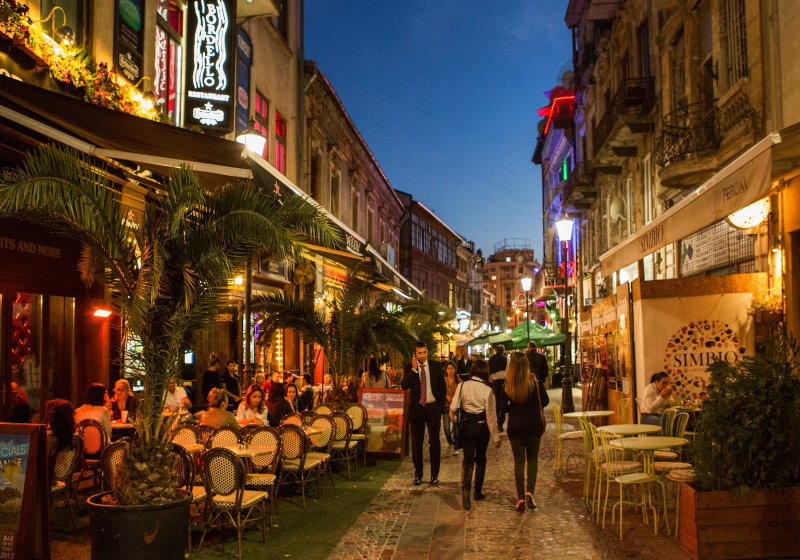
https://easterneuropeantravel.com -
Traditional European fare like pig, cattle, cabbage, grains, and potatoes dominate the local cuisine. A variety of fruits and vegetables that are used in Moldovan cuisine can be grown on large expanses of rich soil.
The traditional food of mămăligă, a sort of porridge, is frequently served with stews or meat dishes. It is topped with sour cream, cheese, or pork rind. The ghiveci (a stew made of goat or lamb) and brânză (brined cheese), beef meatballs, grilled pork, stuffed cabbage rolls, noodles, chicken, etc. are additional dishes that are quite popular.
In several parts of the country where the respective minority communities are overwhelmingly represented, ethnic minority cuisines are prevalent. For instance, the Russian group eats pelmeni, meat-filled dumplings, and the Gagauz peoples eat shorpa, a mutton soup. Popular alcoholic beverages include local wine, brandy from Moldova, and beer. The non-alcoholic beverages that are most frequently eaten are fruit juice and fruit compotes.
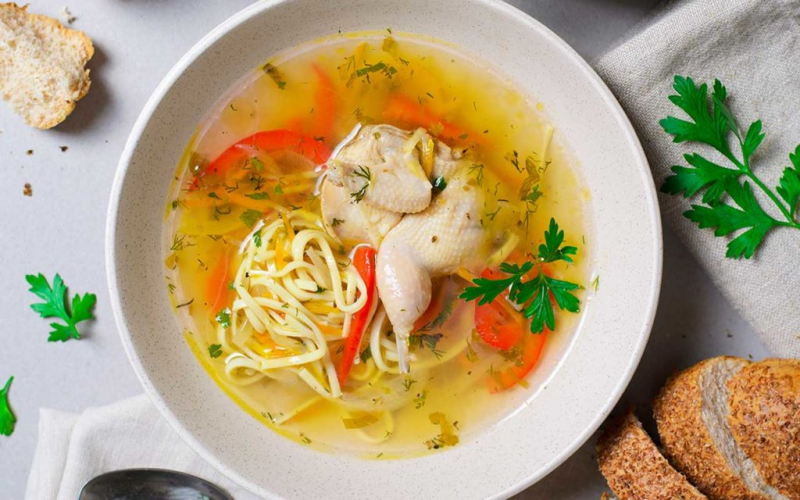
https://nomadparadise.com 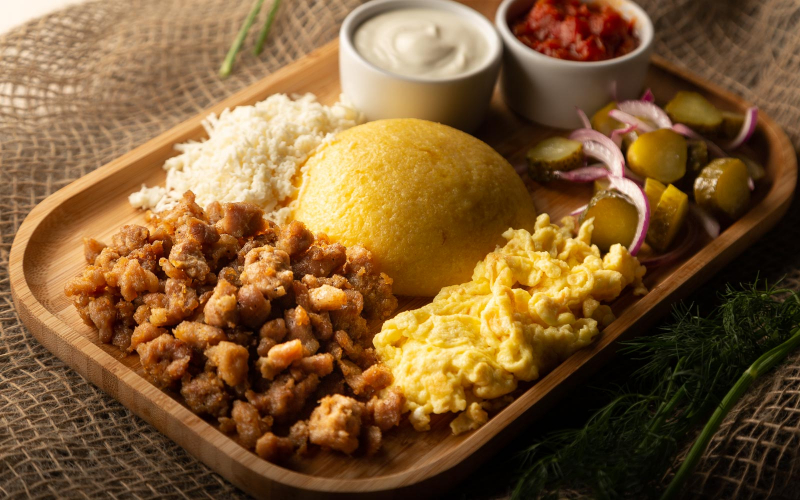
https://traveltriangle.com/



























